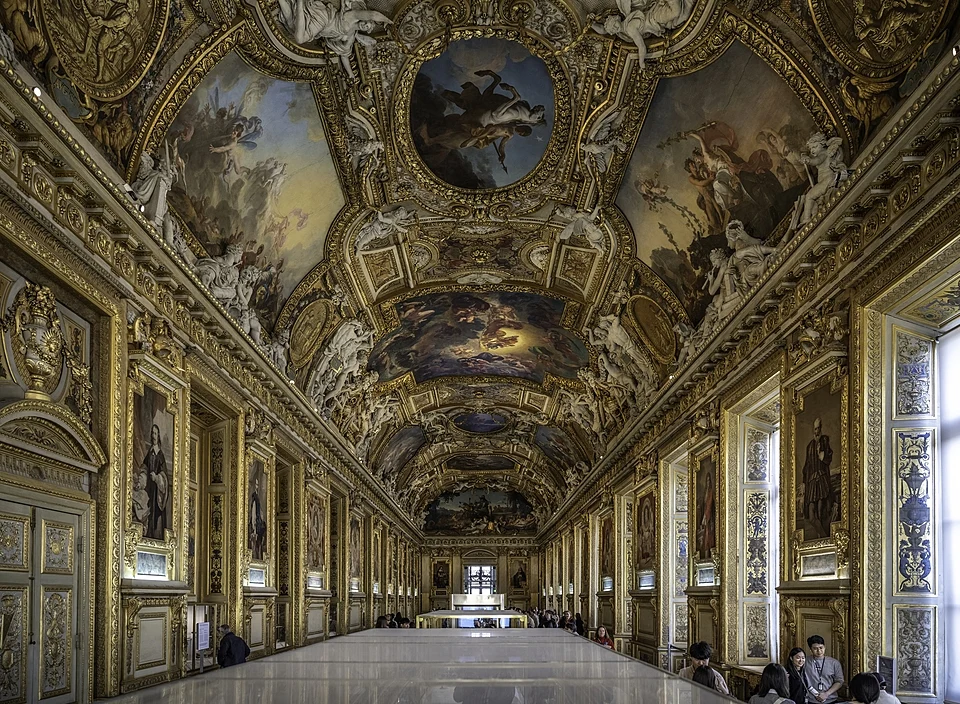
These four masked thieves needed only seven minutes to turn the world’s most-visited museum into the scene of one of France’s most audacious cultural crimes. In the early hours of October 19, they scaled a truck-mounted ladder up to the Louvre’s Galerie d’Apollon; an angle grinder smashed out a window; and eight pieces of Napoleonic-era jewelry estimated at $102 million were stolen and transported. The getaway was executed via motorbikes through Paris traffic, leaving behind a damaged crown belonging to Empress Eugénie and a nation reeling.
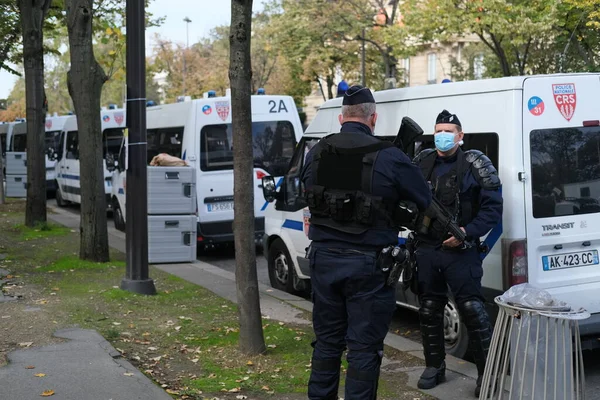
1. Accurate and Fast Process
Investigators have pieced together a minute-by-minute timeline. Thieves arrived at 9:30 a.m., just half an hour after opening, and within four minutes had smashed two display cases and triggered the alarm. By 9:38, they were gone, heading toward the A6 highway. Later, police recovered tools, gloves, gasoline, and the dropped crown, which had been adorned with more than a thousand diamonds. Culture Minister Rachida Dati said, “They knew exactly where they were going. It looks like something very organized and very professional.”
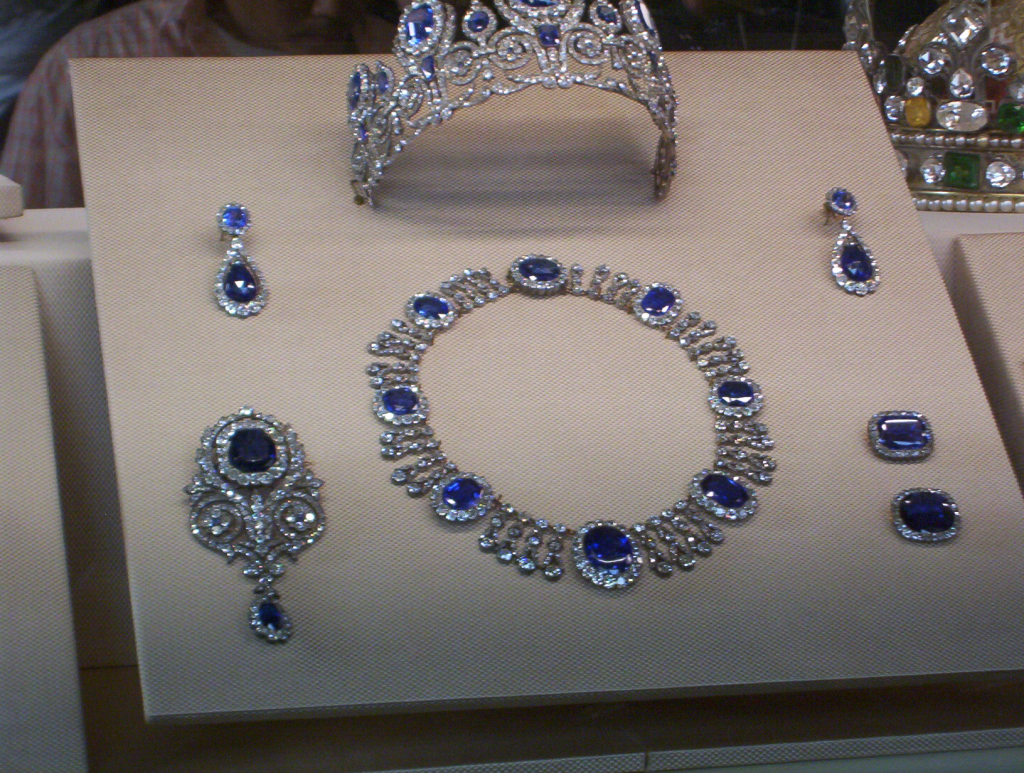
2. What was taken
The items stolen included tiaras, necklaces, earrings, and brooches previously owned by French royalty and its imperial rulers. Among them are the sapphire set that once belonged to Queen Marie-Amélie and Queen Hortense, the emerald set once belonging to Empress Marie-Louise, and two pieces from Empress Eugénie. The Louvre has said that “beyond their market value, these items have inestimable heritage and historical value.”

3. What Happened to the Stolen Jewels
But experts say it is infrequent that items are ever recovered after being stolen for their material value. Erin Thompson at John Jay College said thieves would melt or recut gems “as quickly as possible, within hours” to avoid detection. Christopher Marinello with Art Recovery International said intact jewels were “immediately recognisable” and unsellable on the licit market; once altered, they could move through hubs such as Antwerp, Israel or India with little trace of their origins.
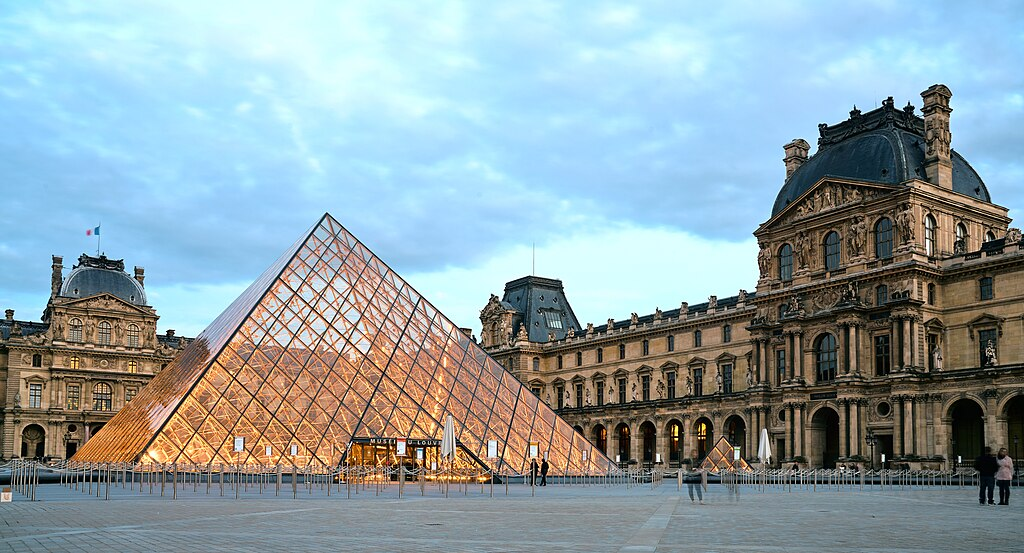
4. Security Shortcomings
The heist has exposed weaknesses in France’s cultural institutions. A leaked auditor’s report mentioned “persistent delays” in upgrading Louvre security, including camera coverage of 25-40% of rooms in certain wings. According to museum director Laurence des Cars, the balcony used for the break-in was not covered by surveillance and the monitoring of outside walls is “highly insufficient.” Historic buildings, she noted, have special challenges; in many cases, protective measures need to comply with preservation laws.
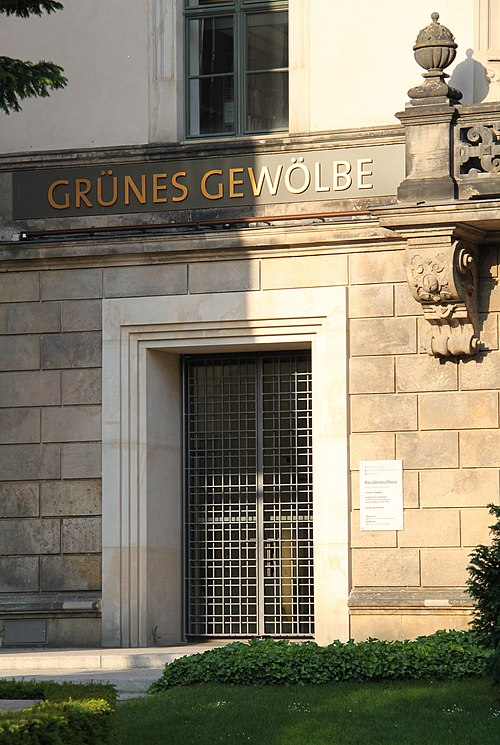
5. A larger pattern of smash-and-grab crimes
It is a theft that fits an increasing trend: that of gangs targeting museums for assets that are more easily disposable rather than artworks. “These days a Cartier store is better protected,” said Christopher Marinello. Other recent cases in Europe include the 2019 Dresden Green Vault burglary and last month’s theft of gold nuggets from Paris’s Natural History Museum. In most, if not all, cases, the only motivation was the resale value of the raw materials.

6. The Psychological Consequences
The French leadership has described the robbery as “an attack on our history” and “a deep cultural loss for France.” Specialists in cultural heritage say the loss is not only economic, but is the severing of tangible links to the past. As Natalie Goulet of the French Senate’s finance committee put it: “We are all disappointed and angry. It is difficult to understand how it happened so easily.”
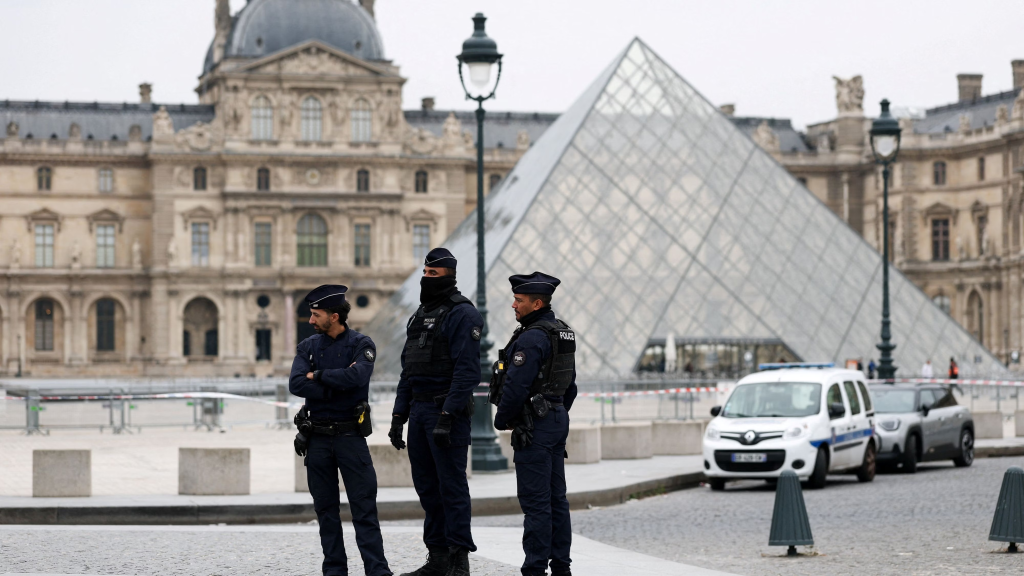
7. Restoring Public Confidence
Officials have since promised wide-ranging security reviews across France’s museums, ranging from stationing police inside the Louvre to reinforcing display cases and fast-tracking a €700-800 million renovation under President Macron’s New Renaissance project. Security experts are calling for the use of layered defences such as combining external CCTV with seismic detectors and rapid-response teams while preserving historic sites.
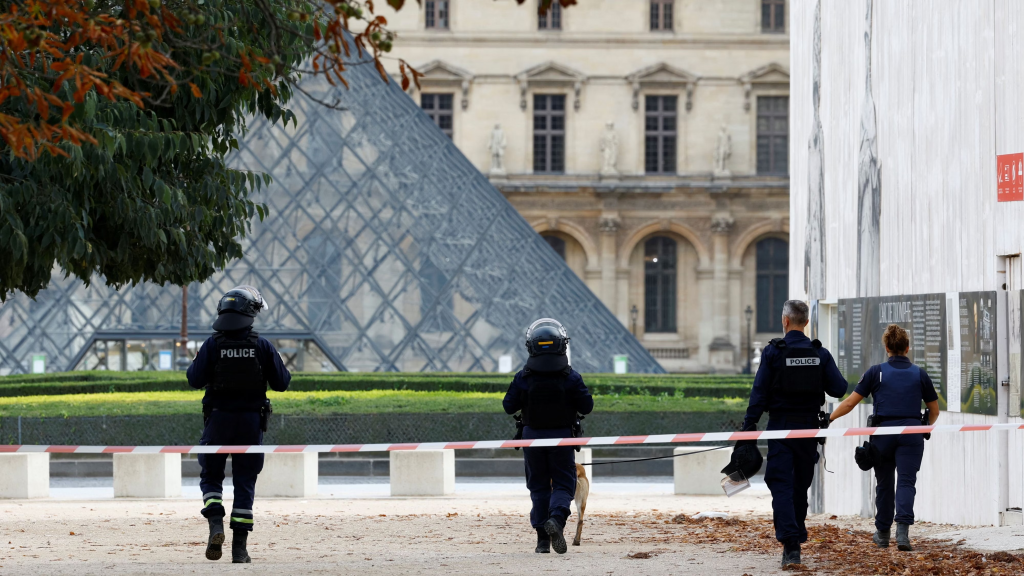
8. The Race Against Time
Around 100 investigators from the BRB unit are working “24/7” to track the thieves through video footage, phone records, and forensic evidence. Former BRB officer Pascal Szkudlara expressed “100%” confidence in arrests, but experts caution that if the gems are altered before capture, they may never be seen again. As Marinello bluntly stated, “once altered, recovery becomes nearly impossible.”
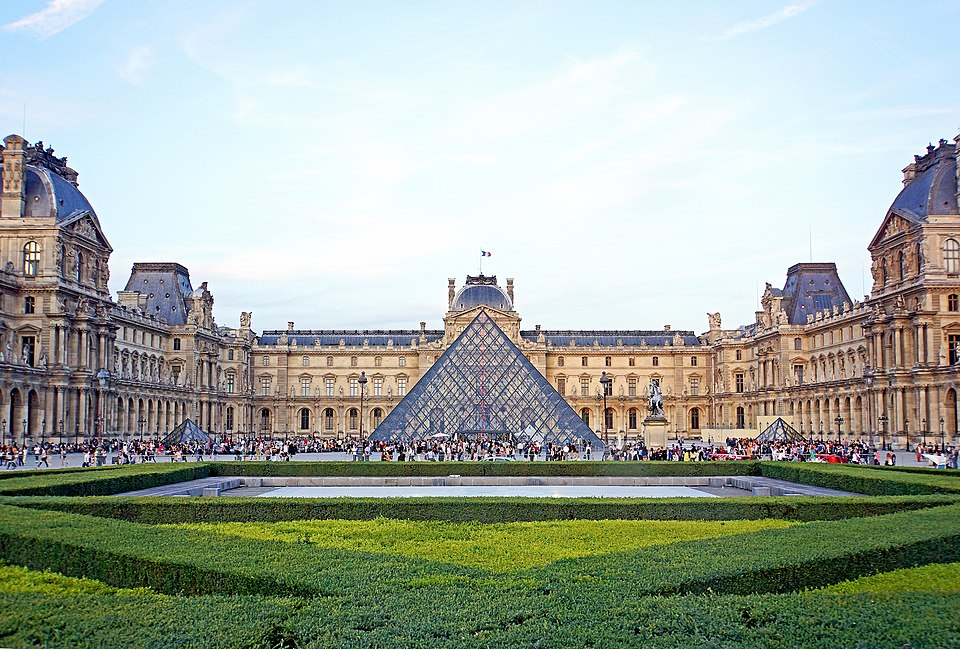
The Louvre has reopened, but the Apollo Gallery remains closed, its shattered cases a stark reminder of the fragility of cultural treasures. For now, France waits-not just for justice, but for the hope that its crown jewels can be saved from vanishing into history’s shadows.


